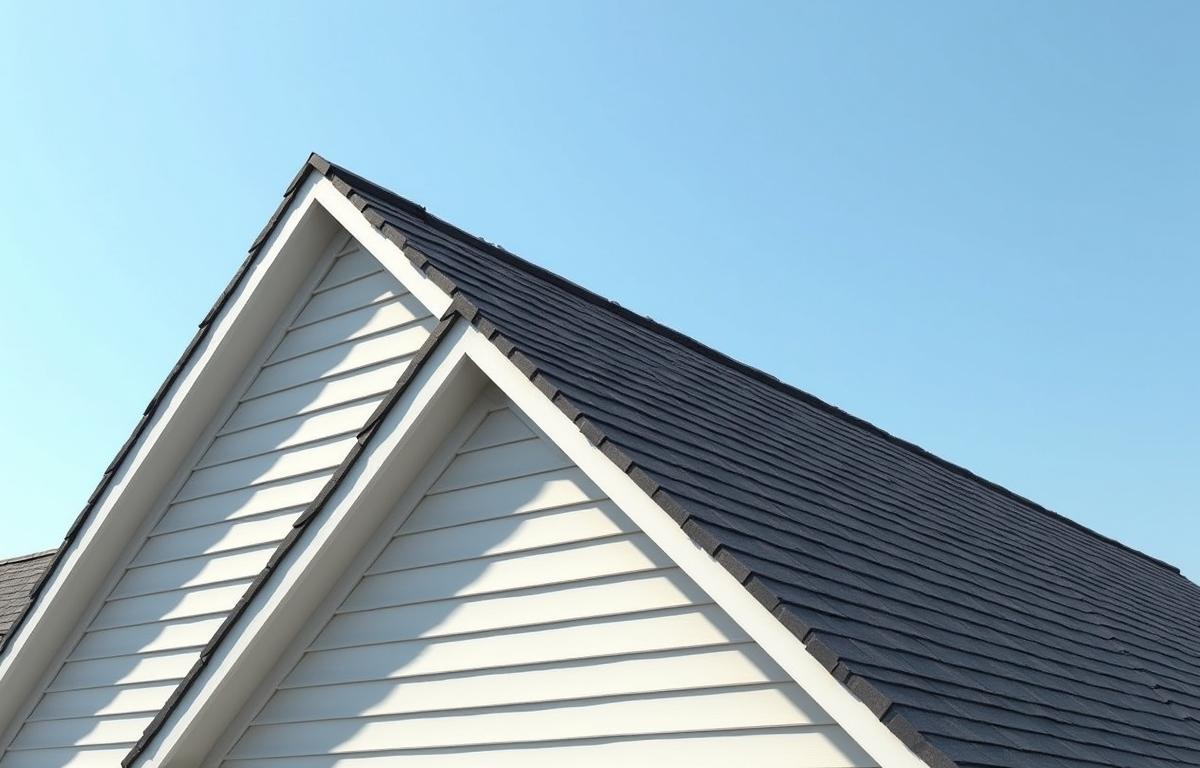Texas is renowned nationwide for its sprawling skies that bring wildly unpredictable and extreme weather patterns across the U.S. Scorching summers give way quickly to heavy hailstorms and sudden temperature drops that make the state’s homeowners seriously consider the weather when maintaining or replacing a roof.
Understanding how Texas weather affects roof materials and lifespan is essential for making long-term, cost-effective decisions. Here’s what you need to know:
The Heat Factor: Sun Damage and UV Exposure
In a vast swath of Texas, temperatures can soar extremely high, above 100°F, during the sweltering summer months. Prolonged exposure to ultraviolet rays brutally accelerates the deterioration of various roofing materials, especially asphalt shingles, which become extremely brittle over time and lose granules fast. According to the U.S. Department of Energy, UV radiation is a leading cause of material degradation in both residential and commercial roofing.
Even the supposedly “heat-resistant” roofs aren’t entirely impervious. Metal roofs may reflect sunlight better, but they also expand and contract, loosening fasteners or creating new stress points. Even premium materials suffer premature degradation under extreme heat if installed improperly or if the ventilation is inadequate.
Sudden Weather Shifts: Expansion, Contraction, and Cracking
While summers are sweltering, winter nights, and especially those in northern and eastern parts of Texas, can drop significantly. That constant temperature fluctuation causes roofing materials to expand and contract rapidly, leading to cracks, warped shingles, and sealant failure.
In humid East Texas towns like Nacogdoches, moisture can seep into tiny fractures during the colder months and freeze overnight, widening gaps and weakening the roof structure. Micro-damages frequently escape detection until some gnarly structural problem or pesky leak suddenly manifests catastrophically.
This is where working with roofing contractors in Nacogdoches becomes vital. Professionals familiar with local climate patterns can recommend materials and construction techniques tailored to the region’s unique weather stressors.
Impact Damage in Hail and Storm Season
Texas sees more hail events than any other US state. Texas reported over 700 hailstorms in 2022 alone with many stones exceeding 1.5 inches in diameter. High-velocity impacts like this can wreak havoc causing obvious destruction like denting roofs and losing shingles or insidious damage that breeds long-term leaks.
Even new roofs aren’t entirely safe during these intense storms. Hailstones damage shingles’ protective granules, weaken waterproofing, or create vulnerabilities around flashing vents. Homeowners may remain oblivious to the full extent of damage until it’s too late for filing insurance claims, in the absence of timely inspection.
High Humidity and Mold Growth
Roof health depends heavily on another critical factor: humidity. Warm, moist air creates the perfect environment for mold and mildew growth pretty readily in regions such as East Texas and parts of Southeast Texas. They not only curtail roof lifespan but seep into attic insulation and drywall, degrading indoor air quality and hiking energy expenditures significantly.
Mold also thrives stealthily under shingles, particularly when the ventilation in the dark and damp spaces beneath roofs is poor. Excessive indoor moisture and mold rank high among the top U.S. health-related building issues, making it a serious concern beyond mere cosmetic or structural problems.
Endnote
Texas homeowners can’t control weather patterns, but they can influence how their homes react under certain conditions. Regular inspections, especially after extreme weather events, are essential. Routine maintenance can potentially add several years to a roof’s overall lifespan.
When pondering fixes, ask your builder about impact-resistant materials, proper attic ventilation, and reflective coatings that can extend the life of your investment in the long run.
